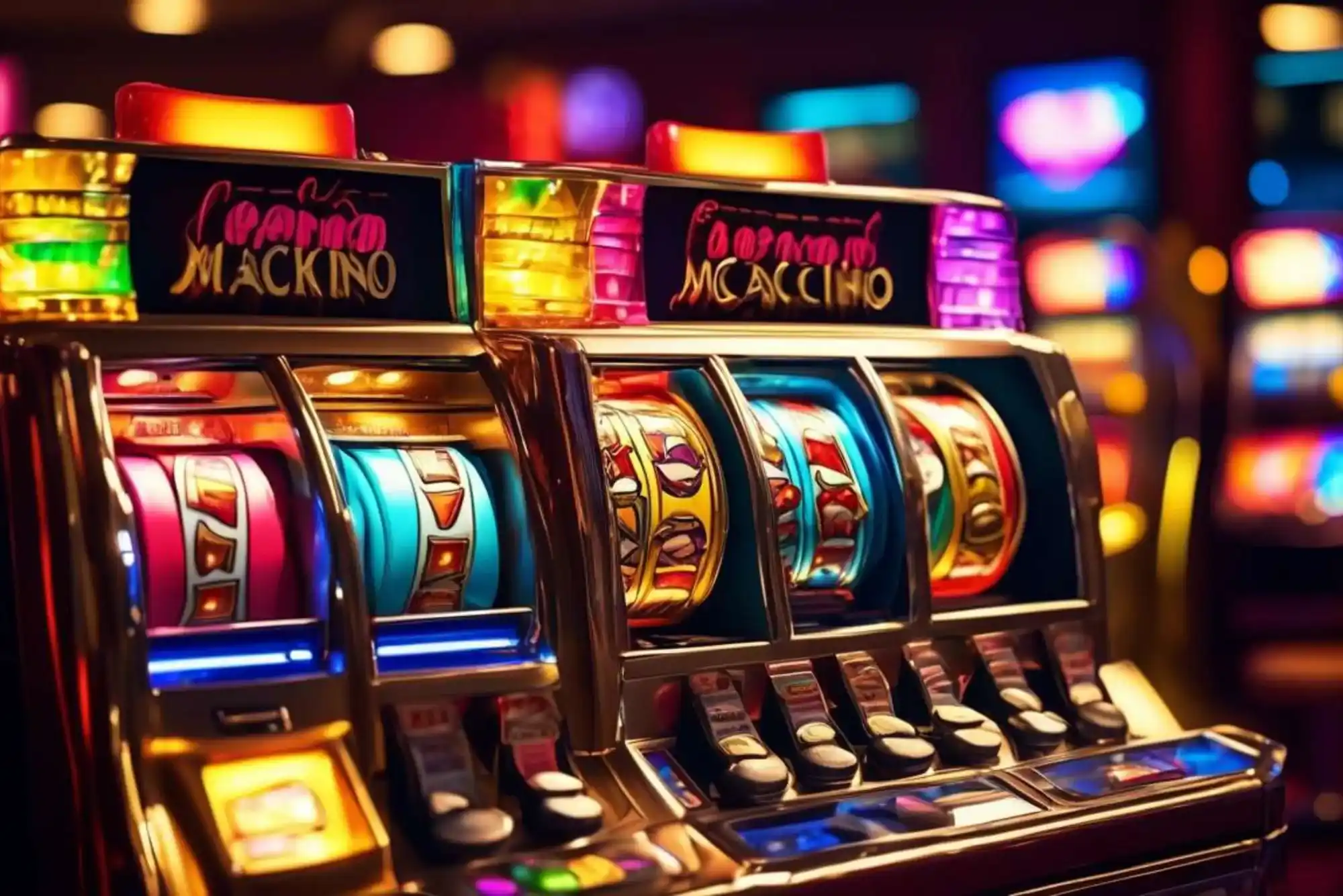When I first dipped my toes into online slots, I was dazzled by the flashing lights, immersive themes, and promises of big wins. Yet it wasn’t long before I realized that not all slots are created equal. Behind the colorful reels and thrilling soundtracks lies a crucial metric that determines how and when you might win: slot volatility. In this article, I’ll draw on years of personal play and professional research to explain how volatility ratings shape your bankroll’s ebb and flow, and how you can use this knowledge—whether you’re spinning at a desktop or testing the latest betting apps—to make smarter gaming decisions.
Slot volatility, sometimes called variance, indicates the risk profile of a slot game. High-volatility slots promise the allure of massive jackpots but often require long patience through stretches of losing spins. Low-volatility titles deliver wins more frequently but in smaller amounts. Understanding these ratings can be the difference between a short-lived streak of excitement and a sustainable, enjoyable bankroll strategy.
Understanding Slot Volatility Ratings
Slot providers and review sites typically label games as low, medium, or high volatility. However, these labels serve as general guides rather than precise indicators. A medium-volatility slot from one developer might feel like a low-volatility slot from another, based on paytable structures, bonus features, and RTP (return-to-player) algorithms.
Why Volatility Matters
Imagine two slots: one offers a 95% RTP with small, steady payouts; the other boasts a 98% RTP but only pays out a life-changing jackpot once every 10,000 spins. Without considering volatility, you might gravitate toward the higher RTP game, only to find your bankroll depleted long before that elusive jackpot hits. Volatility ratings bridge the gap between theoretical payouts and real-world experience by predicting win frequency and size.
How Ratings Are Determined
Behind the scenes, developers run simulations—often millions of spins—to chart payout distributions. They analyze the standard deviation of wins, hit frequencies for bonus rounds, and the concentration of high-value symbols on the reels. From these data points, volatility tiers emerge. Although the exact formulas are proprietary, the principle remains: volatility measures how “spread out” your wins will be over time.
Practical Impacts on Your Winnings
Knowing a game’s volatility allows you to align your playing style and bank size with the slot’s payout behavior. Here’s how different volatility levels tend to play out in real play:
Low-Volatility Slots: The Steady Drip
Low-volatility slots reward players with frequent wins—often at the cost of smaller prize amounts. These games are ideal for recreational players and those on a tight bankroll.
Bankroll Pace: You’ll see your balance increase gradually. This consistency can extend playtime and reduce the emotional rollercoaster of abrupt losses.
Session Strategy: Aim for longer sessions. A 50-spin demo can quickly illustrate whether the game’s payouts align with your expectations.
Prize Expectations: Don’t expect large jackpots; focus instead on the enjoyment of regular wins.
Medium-Volatility Slots: The Hybrid Approach
Medium-volatility slots strike a balance between win frequency and payout size. They suit players who want occasional thrills without extreme risk.
Bankroll Management: A moderate bankroll can weather dry spells and still capture bonus rounds.
Session Length: Aim for 100–200 spins to experience both base-game payouts and feature bonuses.
Mix of Wins: Expect a mix of modest base-game wins and occasional bonus payouts that keep you engaged.
High-Volatility Slots: Chasing the Big One
High-volatility slots deliver fewer wins, but when they hit, the payouts can be substantial. For thrill-seekers and players chasing progressive jackpots, these games are irresistible.
Bankroll Resilience: You’ll need a more generous bankroll or a strict stop-loss strategy to endure long losing streaks.
Shorter Sessions: Set a spin limit or time cap. If luck doesn’t strike after a defined threshold, walk away and try again another day.
Psychological Considerations: Prepare for emotional swings. Big wins can be exhilarating, but cold streaks demand discipline.
Aligning Volatility with Your Goals
Your optimal volatility depends on your objectives: are you playing for entertainment, steady growth, or life-changing wins? Here’s how to match your goals:
For Casual Fun
If you’re new to slots or simply want entertainment without major risk, low-volatility games are your best bet. Their gentle payout curve maintains interest without heavy swings.
For Balanced Play
Seasoned players often gravitate toward medium-volatility slots. These games offer a taste of both worlds: regular small wins and occasional bonus features that satisfy the thrill urge without draining your bankroll too quickly.
For Jackpot Hunts
High-volatility slots cater to jackpot chasers and high rollers. If you have the funds and nerves for potential droughts, the possibility of hitting a major prize can justify the risk.
Advanced Tips: Volatility in Betting Apps
With the rapid rise of mobile betting apps, understanding volatility has never been more convenient. Many modern apps include volatility indicators within their game lobbies, allowing you to filter slots by risk profile on the go. When you’re waiting for your morning coffee or commuting, you can preview volatility charts and choose a game that suits your current mood and bankroll.
Moreover, some apps offer in-depth stats—such as hit frequency and average bonus size—that deepen your understanding beyond simple low/medium/high tags. Taking a few moments to review these metrics on your phone can prevent impulsive choices and improve your session’s outcome.
Integrating Bankroll Tools
Several betting apps now provide built-in bankroll management tools—bet trackers, session timers, and auto-stop settings—that sync perfectly with volatility insights. For example, you might set an auto-stop after a £50 net loss on a high-volatility slot or cap session time on a medium-volatility game. These features reinforce discipline and align your gameplay with the slot’s risk profile.
Real-World Example: My Ten-Session Experiment
Last year, I conducted a ten-session experiment to measure practical volatility effects. I selected one low-, one medium-, and one high-volatility slot, each with a £200 starting bankroll. Here’s what I observed:
Low-Volatility Slot: Over ten sessions of 100 spins each, I ended net positive in seven sessions, with average gains of £15. The most frequent wins hovered around twice the spin bet.
Medium-Volatility Slot: Half of the sessions ended in small losses, but three sessions produced substantial free-spin rounds, resulting in net gains up to £120.
High-Volatility Slot: Eight out of ten sessions saw complete bankroll depletion, but one session delivered a £1,800 jackpot, overshooting expectations. The variance was stark.
This experiment reaffirmed that volatility directly translates to the emotional and financial rollercoaster players experience. Your mileage will vary, of course, but having the volatility context beforehand lets you set realistic expectations.
Choosing the Right RTP and Volatility Combo
While volatility determines payout frequency and size, RTP indicates the long-term theoretical return. A 96% RTP slot with high volatility differs significantly from a 96% RTP low-volatility game. When pairing these metrics, consider:
High RTP + Low Volatility: Steady play with low risk. Entertainment-focused.
High RTP + High Volatility: Risky but with a favorable expected return over many spins.
Moderate RTP + High Volatility: High risk, often with inflated jackpot promises but a lower long-term edge.
Moderate RTP + Low Volatility: Consistent small wins but higher house edge.
By examining both RTP and volatility, you build a holistic picture of a slot’s behavior.
Conclusion
Slot volatility ratings play a pivotal role in shaping your gaming outcomes. By understanding whether a slot is low, medium, or high volatility—and how that interacts with RTP—you can tailor your play style, bankroll management, and session strategies. Whether you’re at home on a desktop, waiting in line, or exploring new titles on your favorite betting app, volatility is a compass guiding you toward experiences that match your risk appetite and entertainment goals. Armed with this knowledge, you’re better equipped to maximize enjoyment, extend your playtime, and perhaps even hit that next big win.




